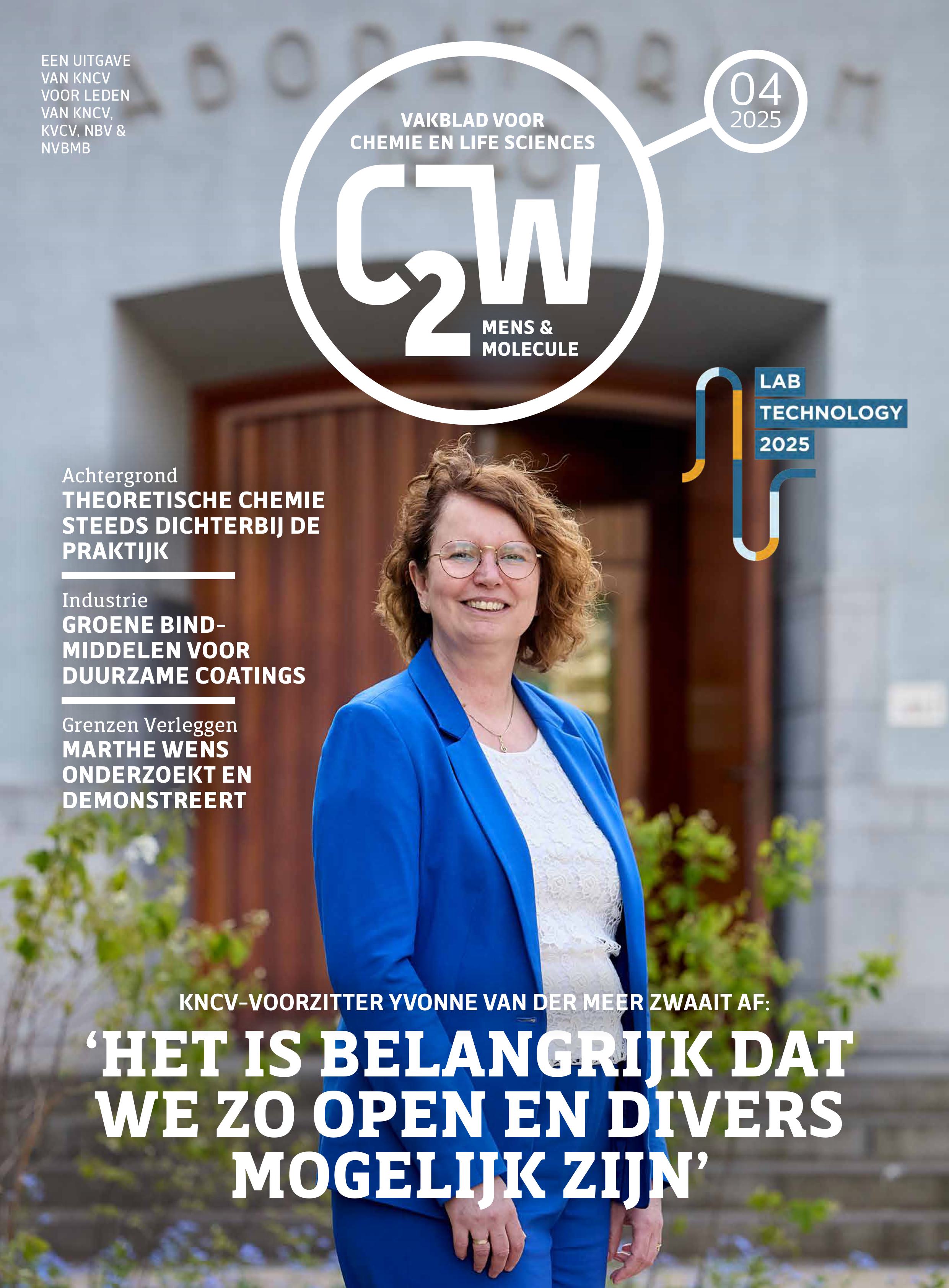Would you like to add an event to this list? Simply register your event using this form.
Ammonia recovery from anaerobic digestion via gas-liquid stripping, and its subsequent utilisation in a solid oxide fuel cell for electricity production

Category
Ph D Defense
Date
2023-02-14 13:30
Venue
KU Leuven, Arenbergkasteel, Aula Arenbergkasteel, 01.07 - Kasteelpark Arenberg 1
3001 Leuven, België
3001 Leuven, België
Promovendus/a: Advait Palakodeti
Promotor(en): Prof. dr. ir. Raf Dewil, Prof. dr. ir. Lise Appels, Dr. Samet Azman
The 20th century has seen a rapid increase in animal livestock industries, which has consequently produced large quantities of manure wastes. These wastes emit ammonia to the environment. This is problematic, as ammonia is a harmful atmospheric and water pollutant, affecting human and aquatic life. Conversely, ammonia is an important resource in agricultural and energy industries. Ammonia is also a source of hydrogen, which makes it suitable to use in a solid oxide fuel (SOFC) cell for electricity production. Therefore, this PhD proposed a process flow to recover ammonia from cow manure after anaerobic digestion, and use it in an SOFC for electricity production. The following experimental results were demonstrated: i) Ammonia was recovered from the anaerobic digestate of cow manure waste by implementing gas-liquid stripping technology. Increasing the stripping temperature maximised the ammonia that could be recovered. ii) Linking the anaerobic digestion and gas-liquid stripping processes did not have any negative effect on the stability of the digester. The methane yields from the digester were not affected by recirculation of the stripped liquid and by increasing the stripping pH from 8 to 9.5. iii) The gaseous mixture of ammonia and biogas arising from the stripping column was demonstrated as a suitable fuel in an SOFC. Further, it was demonstrated that the electricity obtained could be maximized by using ammonia and biogas as individual fuels instead of a mixture. iv) The ammonia and biogas mixture produced via stripping digestate in a batch configuration was not feasible as fuel for the SOFC. This is due to the decreasing concentrations of ammonia with time, and the negligible increase in electricity production when ammonia is introduced. v) Finally, using the ammonia to produce fertilizer instead of electricity produces a more economically attractive product (€ 0.22/kg N manure feed as compared to € 1.77/kg N manure feed). However, the latter application has a considerably greater positive environmental impact. Preventing the release of ammonia and biogas to the environment saves € 42/kg N manure feed to society. Conversely, emission of NH3 due to the use of AS can result in € 0.57/kg N manure feed worth of economic damage to the society.All Dates
- 2023-02-14 13:30
Powered by iCagenda

